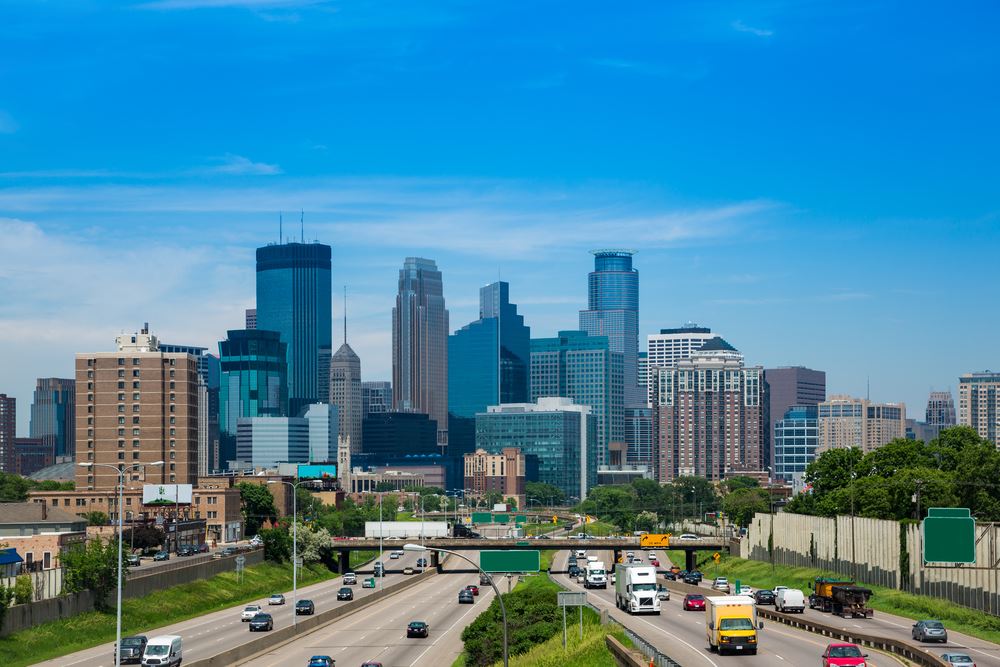Drivers will soon see lower speed limits across the Twin Cities. On Thursday, March 12, 2020, Minneapolis and St. Paul officials announced plans to lower speed limits from 30 MPH to 20 MPH on local residential street and 25-30 MPH on larger, arterial streets.[1] Minnesota cities were given greater control to change speed limits on certain city streets within their jurisdiction after the Minnesota Legislature passed a new law in 2019.[2]
The changes will go into effect on busier streets as soon as 25 MPH signs replace the current 30 MPH signs.[3] However, the cities do not intend to post 20 MPH signs on local residential streets. The plan is to put up “gateway signs” at entry points of both cities indicating that the citywide speed limits are 20 MPH unless otherwise posted.[4]
Many Twin Cities drivers may not know when their local residential streets change from 30 to 20 MPH and may only learn after being issued a ticket. Speeding, like most traffic offenses, are strict liability offenses, which means police can issue tickets for speeding drivers even if the driver did not know or intend to speed. Not knowing the speed limit, though perhaps a reasonable excuse, is not a legal defense.
Twin Cities drivers should take notice of new speed limit signs and be ready to slow down. Officials from Minneapolis and St. Paul have stated that the new speed limits will be in effect across both cities by Fall 2020.
Contact our firm today at (612) 200-1526 to schedule a consultation with a member of our firm
[1] City of Minneapolis, Cities of Minneapolis, Saint Paul Announce New, Lower Speed Limits (March 12, 2020) http://news.minneapolismn.gov/2020/03/12/cities-minneapolis-saint-paul-announce-new-lower-speed-limits/.
[2] Minn. Stat. § 169, Subd. 5h; League of Minnesota Cities, Focus on New Laws: Cities Authorized to Set Certain Speed Limits (July 22, 2019) https://www.lmc.org/news-publications/news/all/speed-limits-new-law/.
[3] City of Minneapolis, supra note 1.
[4] Id.


